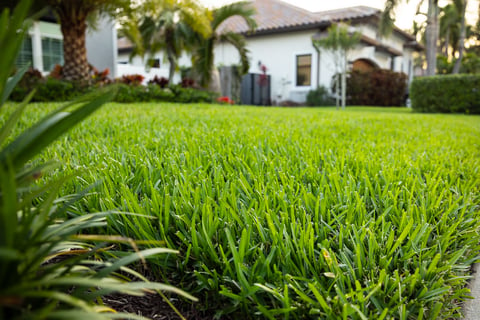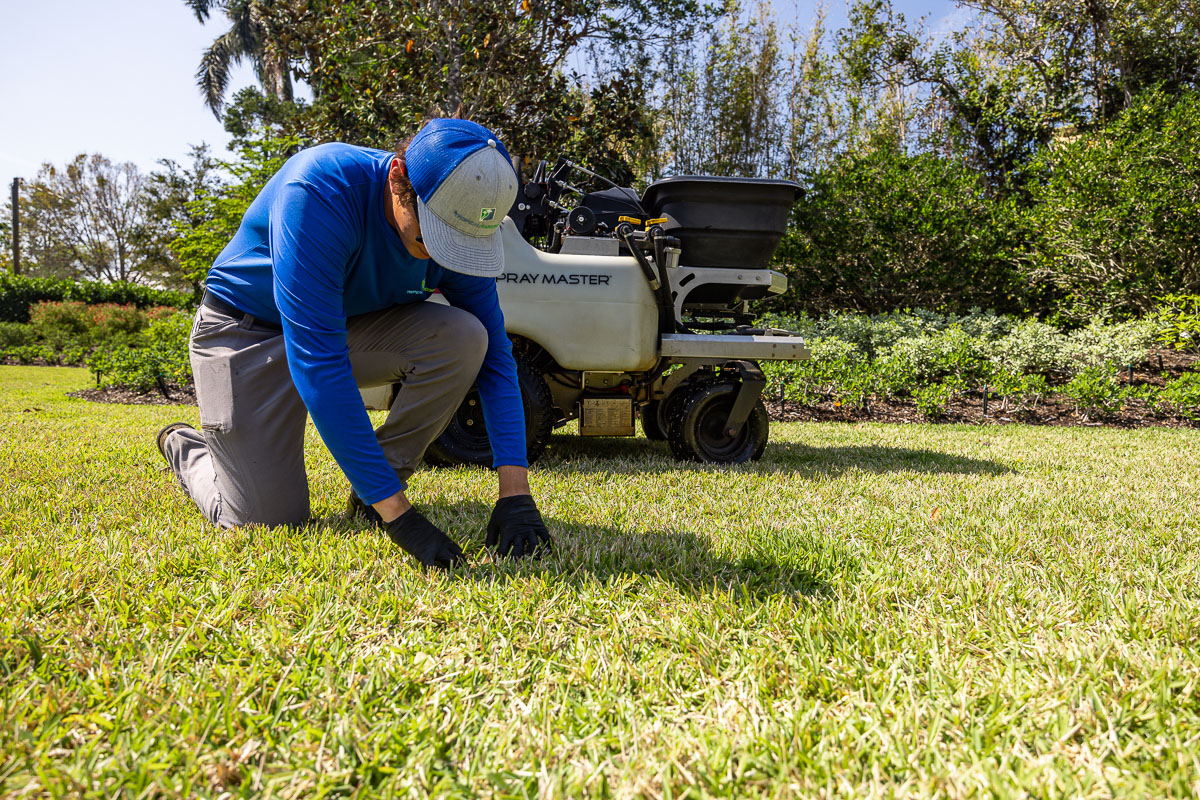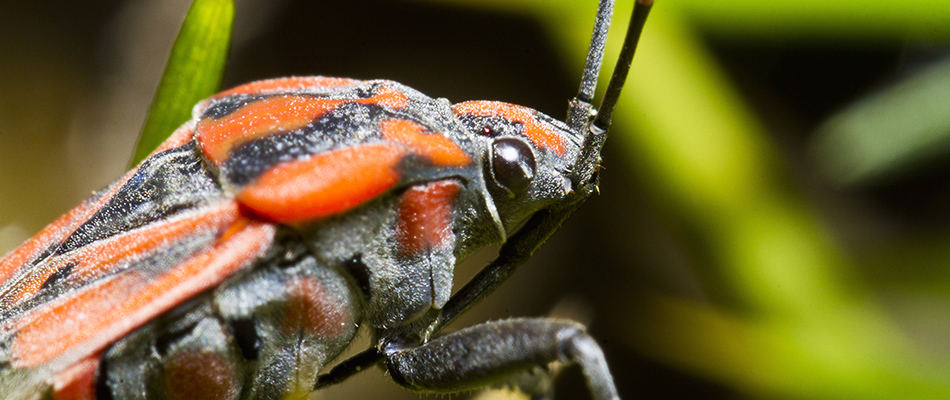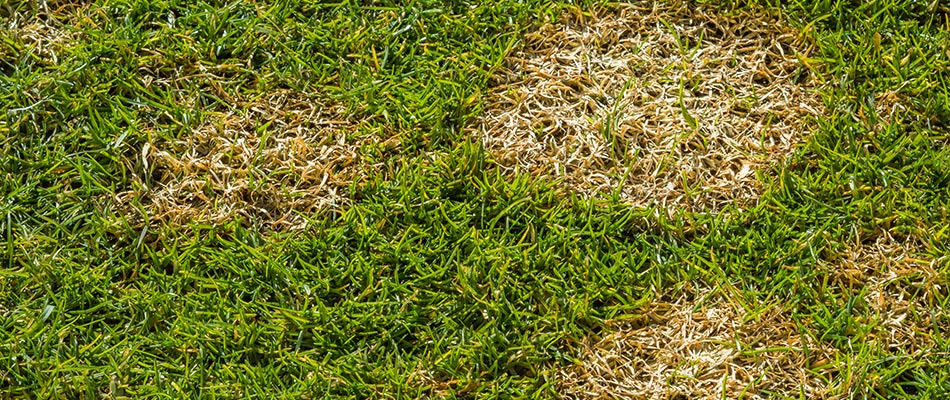


Chinch bugs may be small, but their impact on your lawn can be devastating. In Sarasota, FL, the southern chinch bug is a common culprit behind unsightly yellow or brown patches in St. Augustine and zoysia grass. These pests thrive in Florida’s warm climate, feeding relentlessly on your turf. Without timely intervention, chinch bugs can cause extensive damage, turning your lush lawn into a patchwork of dead grass.
If you’re wondering how to identify chinch bug damage and what to do about it, this guide will walk you through everything you need to know about these pesky insects, their signs, and effective treatments.

These unwelcome guests feed on your grass by sucking out its sap, leaving it dry, yellow, and lifeless. Unfortunately, they are notoriously hard to spot due to their small size. Young chinch bugs are orange and nearly microscopic, while adults grow to about a quarter-inch in length with black bodies, white wings, and orange legs.
Effective chinch bug control often requires multiple insecticide treatments, making professional intervention crucial to protect your lawn.
What Does Chinch Bug Damage Look Like?

Chinch bug damage can leave your lawn looking patchy and unhealthy. Common signs of an infestation include irregularly shaped patches of yellow or brown grass that often begin in dry, sunny areas of your lawn. Over time, these patches can expand, and in severe cases, the grass may die completely.
In Sarasota’s warm climate, chinch bugs are active nearly year-round, making it essential to monitor your lawn for signs of trouble. They tend to thrive in areas that are under-watered and exposed to direct sunlight, so these are key spots to inspect if you suspect an infestation.
To confirm chinch bug damage, try the “flotation test”: cut a small section of turf and place it in a bucket of water. If chinch bugs are present, you’ll see them floating to the surface.
If you suspect chinch bugs have invaded your lawn, swift action is crucial. These pests can quickly cause extensive damage, compromising your lawn’s health, appearance, and value. To effectively address the problem, contact a professional lawn care company that specializes in insect control treatments.
A trained lawn care expert will thoroughly inspect your property, confirm the presence of chinch bugs, and develop a customized treatment plan. This typically includes applying targeted insecticides and recommending practices to promote lawn recovery, such as proper irrigation and fertilization.
Acting quickly can save you from costly repairs and help restore your lawn’s lush, vibrant appearance.
To reduce the risk of future chinch bug infestations, consider the following tips:
By taking these preventive steps, you can create an environment that’s less inviting to chinch bugs and other lawn pests.
Don’t let chinch bugs turn your Sarasota lawn into a patchy mess. At Tropical Gardens Landscape, we specialize in chinch bug control and lawn restoration services tailored to Florida’s unique climate. Call us today at (941) 231-7027 or fill out our get started form to protect your lawn and restore its lush, green beauty.